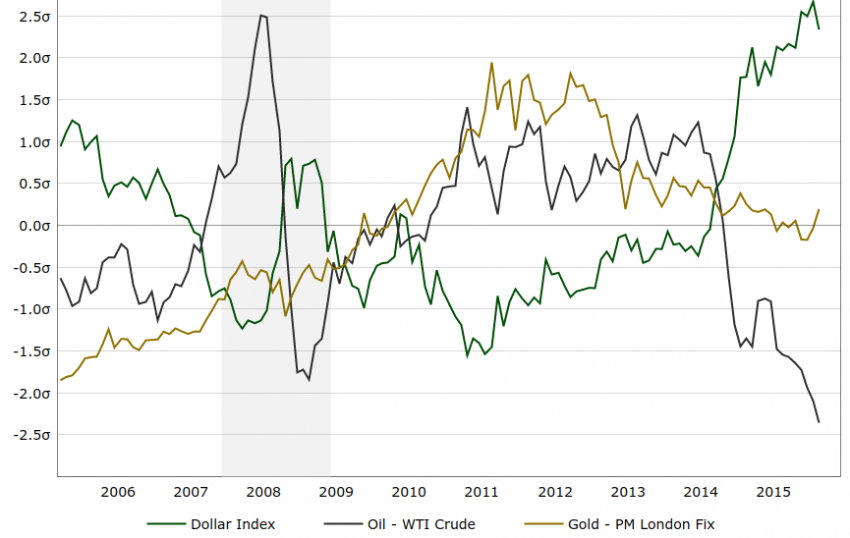Understanding Currency Correlations

Please note that we are not authorised to provide any investment advice. The content on this page is for information purposes only.
Those looking to trade in any of the financial markets will obviously need to have a firm understanding of the basics involved in their chosen asset class. However, what is likely less obvious is the fact that traders in one asset class should at least spend some time monitoring what is happening to price changes in peripheral markets.
Those looking to trade in any of the financial markets will obviously need to have a firm understanding of the basics involved in their chosen asset class. However, what is likely less obvious is the fact that traders in one asset class should at least spend some time monitoring what is happening to price changes in peripheral markets.
For example, currency traders will likely have an understanding of what is occurring in the economies tied to the United States, Eurozone or Japan. However, what is equally important is what is currently developing in areas like stocks, gold and oil. Here, we will focus on a few of these examples and look at the various ways the US Dollar is connected to the gold and oil markets.
Historical Prices in US Dollar, Gold, and Oil
Source: Atlanta Gold and Coin
In the chart above, we can see the relatively valuations of the US Dollar, gold, and oil over the last 10 years. This is valuable information for traders because it better enables us to understand how market trends are likely unfold when there are changes in the price levels of other assets. Both gold and oil price in US Dollars, so these assets have an inversely correlated relationship. This essentially means that when the price of one asset rises, the price of the other asset is likely falling.
Looking closer at this chart however, we can see that there is some inconsistency in the trend changes for each asset. Gold and the Dollar are sometimes thought of as safe haven assets, and this means that many investors will look to buy when there is increased instability or volatility in the global economy. This can be highly valuable information for those looking for fundamental reasons to establish new positions in the market.
Structuring Your Market Positions
With all of this in mind, it should be clear for modern investors that individual assets do not exist in a vacuum and that no investment market trades in isolation. When we are looking to structure our position in our chosen and preferred asset classes, it is always a good idea to look at what is happening in peripheral markets so that we can better understand where the trend is likely headed for the asset we are actually trading.
This does require some extra work on our part. However, if this extra effort is something that will enable us to avoid unnecessary trading losses, then it is time well spent. Many of these rules apply to other currencies as well, so even if you are trading the Euro, the Pound or the Japanese Yen, it is important to conduct similar research before placing real money on live market trades.





